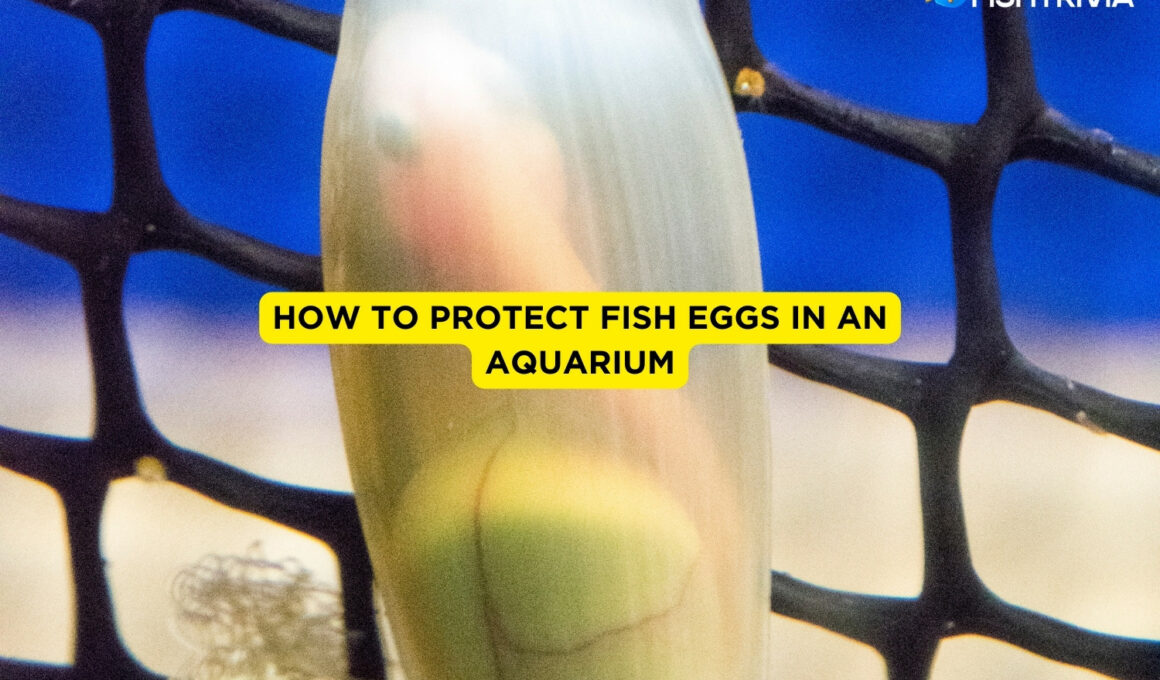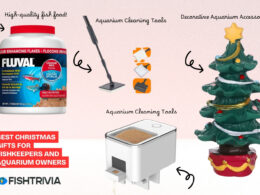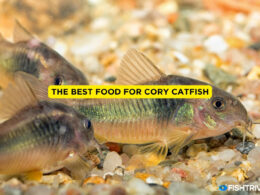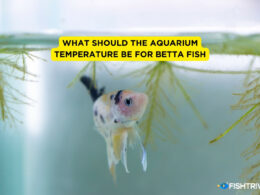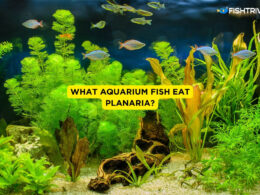In this article Show
I have a friend who is very much motivated about aquariums and their fish. He used to spend hours on his fish and he still does. Recently his fish laid eggs and he was very much excited. But all of a sudden, most of his eggs are destroyed.
They have been eaten by adult parent fish. And my friend becomes very sad. I realized fish owners around the world (not commercial ones), may feel the same or even worse.
So I decided to do some research and present this article about protecting fish eggs that are laid in aquariums. A fish tank is not always the safest place for the eggs to wait for hatching. You have to be certain about the species.
Because different species have different methods of caring for their eggs. Male freshwater fish can protect a nest of the fertilizer’s eggs fiercely. But it doesn’t deter them when they get hungry from eating a few. Sometimes inexperienced parents also feed on their eggs.
Just like these, many more unexpected events might arise. I will elaborately present them and provide you with the solutions. Keep reading till the end, and I hope you won’t have to be sad anymore afterward. Let’s get started.
Also worth reading;
- Is The Common Super Glue Aquarium Safe?
- What Do Clownfish Eat In An Aquarium?
- How Much Gravel Does An Aquarium Need?
- What Paint Can I Use In An Aquarium That Is Not Toxic To Fish
- Best Ways to Clean An Acrylic Aquarium: Complete Guide
Common Issues With Eggs
There is a critical period after eggs are laid that will assess a good hatch. There will be a variety of items that discourage new immigrants. Some fish consume their eggs first of all.
Either egg are a delicious snack or not, other fish in the tank would attempt a snack. The factor that has not known how to cannibalize or how to successfully defend the eggs in novice parent fisheries and initial spawns will have a 100% mortality rate.
Bacterial and fungal infections also appear to occur in eggs. The first protection against such pathogens would be pristine water quality. However, it can also happen. The eggs turn white or whitened in the gray or white mold.
Early on, eggs can be treated with mild methylene blue, but treating the eggs may cause harm or perpetuation.
Best Time For Breeding Your Fish
Before you know how the eggs are destroyed and how you can save them, you should know the best season for your fish to breed.
Because choosing the wrong season or not knowing the right one, may also be the cause of the destruction of your fish eggs. Read the following below;
Many fish species are induced by warming water and the sunshine in the spring to reproduce. Now how do you in your aquarium at home do that? Normally, the temperature of each fish tank should be between 78 and 82 degrees F.
In your home aquarium, you can recreate this anytime by changing the temperature with an aquarium heater. Increase up to 78 degrees F to 82 degrees F. The temperature setting on the aquarium thermometer increases and the light time increases steadily.
By establishing a natural ecosystem so similar to where the pair of fish you selected comes from. Provide high-protein food to both the male and female. This will help the fish multiply.
Various fish species laid their eggs in various ways. For example, there are many aquarium systems, plant forms, breeding facilities, and foods that better promote the spawning of different species of fish.
Selection Of Pair To Breed
It is really important to select the right fish pair. Of course, as Dr. Dolittle does, you don’t know what they mean or say. But you can pick them by their activity. Choose the pair with the best overall tone, scale, and vigor.
Late winter and early spring are the perfect time to find species in your nearest aquarium shop that are primed and ready for raising. The ecosystem of your fish tank can be mirrored, but seasonal variations affect all animals.
Fries, which are bred in late Spring, were raised by tropical fish farmers. After that, the fry (baby fish) was put in outdoor pools and shipped to aquarium shops in quantity.
They have enough live food in the ponds to feed the baby fish from the beginning, and then the fish are pelted as they mature. In fall you’re ready to breed in your favorite fish market, and you’re lucky enough to find a fantastic breeder ready for breeding.
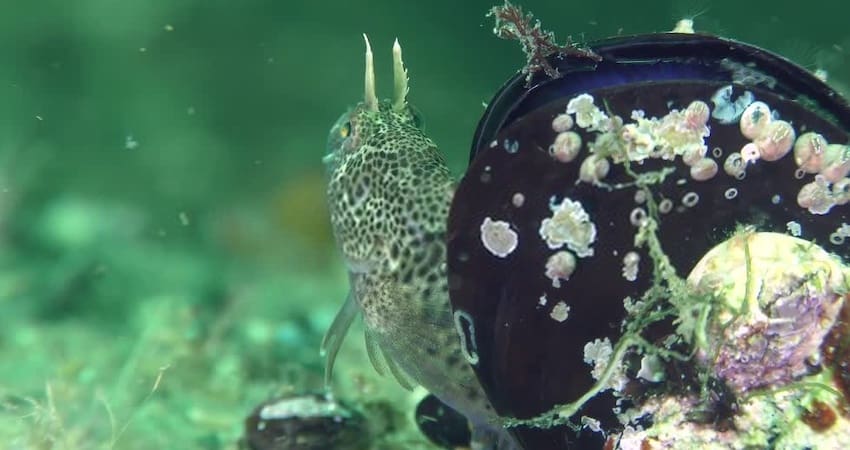
Maintaining The pH Value
You must know the particular water conditions that the fish species you are seeking to breed would prefer. Some fish can prefer a base (higher pH) water, like African cichlids.
The pH value is the acidity/base balance of water, which can be easily measured in aquarium shops with test kits and bands. A somehow acidic state in aquarium water is commonly understood to be very suitable for most fish species.
If you use tap water, you can typically calculate it at a pH scale of 0 to 14 around 7, or neutral. It’s not so fundamental and it isn’t acidic. Neutral drinking water normally tastes better and keeps plumbing smoothly going.
A filter or water injection may help balance the pH of the tap water, particularly if it is acidic or alkaline. Or only 1 teaspoon of baking soda is normally considered healthy with limited increments with the addition of 5 gallons.
It is safest to extract the fish from the tank until increasing pH, then simply dissolve in some conditioned water the necessary volume of baking soda and apply it to the aquarium.
Providing An Egg Laying Area
Egg layers disperse by different means including the spreading of eggs, the dumping of eggs, the burial of eggs, nest development, and mouthbrooding.
Eggs are often positioned outside the body and fertilized. It needs the supply of sufficient breeding conditions and arrangements for the fish to lay eggs.
Scattering gg, depositing eggs or buriers of eggs, and frying eggs may or may not. To discourage big fish from swallowing it the fry should usually be isolated from the adults.
Depending on your fish, you have to choose the egg layer. Some fish hide their eggs by burning them. Keeping that in mind, you must arrange a place to stand or make the aquarium bed with sand.
You can also choose peat moss for the hideout of your fish eggs.
1. Keep Inexperienced Parents In Check
Laying eggs is one of the most painful processes of the life cycle for any animal who lays eggs. In nature, most animals, who are laying eggs for the first time, tend to eat their eggs. Lack of experience or being parents for the first time is the cause behind this.
Look out for them, keep them in check. If you see them laying eggs, keep the eggs in check too. Possibly you can not count them but the size of the layers may be determined. If the eggs are laid, they sometimes appear like small jelly balls.
They are sometimes spread through the water, but in some species, they are placed on the mound or the floor, or the side of the tank. Most species of egg-laying also have matching rituals, most gouramis included.
If you notice them eating their eggs, remove them from the tank. Not only the parent fish but also the fish that tend to eat other fish eggs.
You can also prevent them from eating eggs by providing enough food. Laying eggs takes a lot of energy out of them. To regain that energy or to satisfy their hunger, they must eat. If you supply them with enough food, they might not get interested in eggs.
2. Size Of The Tank
A tank of 20 gallons is wide enough to hold fish in. A popular aquarium of 20 gallons with an air pump, sponge filter, an appropriate heater, and a decent system of illumination would do the trick and not break the bank.
The 20-gallon aquarium is both affordable, easy to store, easy to get ample space to grow almost any beginner fish. It’s impossible to track your fish and their offspring with a large aquarium. Naturally, you would have to expand the tank’s capacity if you have bigger fish.
3. Keep In Mind For Sticky And Non-sticky Eggs
Most fish, such as Barbs and Tetras, lay ashy eggs, which cling to plants, but fish lay uncluttered eggs and fall to the bottom. The traditional spawning movement is the male hunting of the woman.
Accompanied by egg-laying spasms, sperm discharge, and fertilization at the same time. The essential activity can last an hour or several days in some cases.
But the law is only a couple of hours. The fish return to normal behavior after spawning, looking for food like larvae. If all eggs disperse, if you have the opportunity, you can eat your eggs.
You may deter other fish from consuming eggs by transferring all adult fish from the aquarium excluding parents to a secondary tank. As already stated, if the fish parents are inexperienced and they are at risk for egg feeding. The eggs can also be isolated from the parents.
Frequently Asked Questions
What is the time needed to hatch eggs in the Aquarium?
With the proper environment, proper water temperature, and ph level, the eggs will hatch within 7 days.
How to check for eggs
If the eggs are laid, they sometimes appear like small jelly balls. They are sometimes spread through the water, but in some species, they are placed on the mound or the floor, or the side of the tank.
What should be done for fungus on fish eggs?
The hatcheries currently use hydrogen peroxide and formalin. Both were accepted by the United States Administration of Food and Drugs (FDA) for egg fungal therapy.
How long do mother fish hold fish in them?
The females, swordtail, and pig, will each be born from twenty to one hundred living young after four to six weeks of gestation. The mollies will be born from twenty to sixty vibrant young after six to ten weeks of gestation.
Conclusion
Various techniques are available to spawn and raise various kinds of egg layers. Fish in their wild, natural environment come from diverse waters, environmental patterns, food sources available, and influences other than those in an aquarium.
Many others lay eggs in different ways, including breadcrumbs, which hold the eggs in their mouths, and even infants. However, it is better to start with the fundamentals before you are familiar with baby fish.
Maybe the best general advice is that few animals are as unique as most people believe in the conditions for good spawning. Typically pH, temperature, sun, shade, and so on are more important than smoking, cleanliness, good fish, or right feeding.
Hello! This is a video on how to prevent angelfish pairs from eating their eggs. I get a lot of comments from people on here, telling me that they are having trouble keeping their eggs alive because the parents continue to eat their eggs.
This video will give you some tips on what you can do to prevent that from happening. Check out this video to learn more






